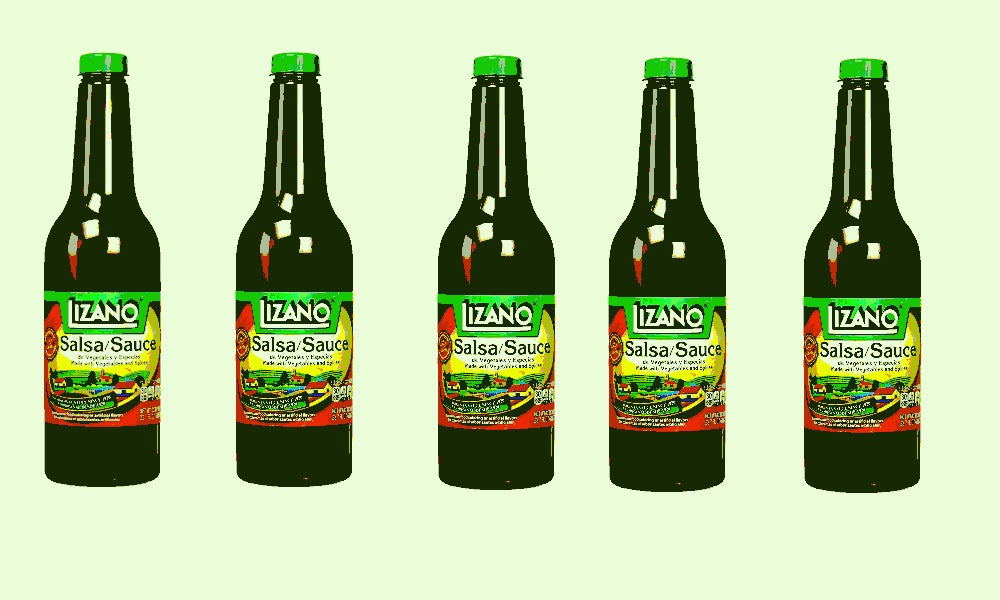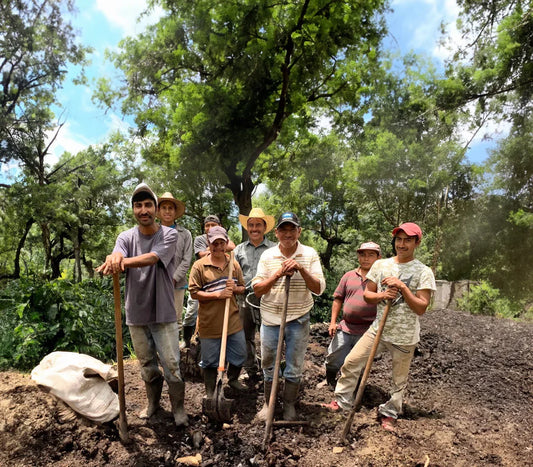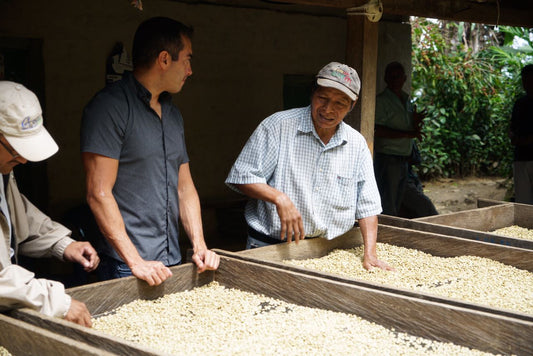
The History of Lizano Sauce: A Century of Tradition in Costa Rican Kitchens
The History of Lizano Sauce: A Century of Tradition in Costa Rican Kitchens
On a chilly December afternoon, with a hot plate of tamales in tow, I decided to pay my grandfather Guillermo a visit.
For those unfamiliar with them, tamales are a traditional Costa Rican dish typically made of dough stuffed with a medley of veggies, a hard-boiled egg, and pork, wrapped in palm banana leaves. They are a staple in our cuisine, especially during the colder months.
But as I presented the tamales to my grandfather, who was approaching his 100th birthday, he immediately rejected them, and quipped: "Mija, a tamal without Lizano sauce is not a tamal."
I couldn't help but chuckle as I got up to fetch a bottle of the beloved sauce for him.
You see, Lizano sauce has been an essential ingredient in Costa Rican kitchens for nearly a century.
This heavenly salsa is made from a secret recipe of vegetables, spices, and a touch of heat. Lizano adds a unique and delicious flavor to any dish it's paired with, from tamales to gallo pinto.
Versatile and affordable, it is little surprise that it has long been a staple in every household and restaurant across the country.
But where did it come from? And how did it become such a kitchen essential throughout the entire country?
Luckily for me, I recently had the opportunity to sit down with my grandfather, who was friends with the sauce's creators, to learn more about its fascinating history.
Jump to:
Who Invented Salsa Lizano?
The story begins in 1920 in an old bar (or "cantina", as they were called back then) in Barrio El Carmen, Alajuela.
The bar's owner, Don Próspero Jiménez, was experimenting with a new type of encurtido (pickled vegetable mixture) that would set his establishment apart from the rest. He had recently tried Lea & Perrins sauce and, having seen its popularity, felt compelled to go one better.
He mixed together a variety of common vegetables with different spices and a touch of chili pepper. Little did he know just how popular this simple receta would soon become.
"People liked it so much they brought pots, pans, and containers from their own houses to the canteen to fill with this sauce," my grandfather told me. "Later, they would use it in their own recipes at home. The lines outside the cantina grew longer every day and before you know it, it was in every neighbor’s kitchen."
Salsa Success: From Partnership to Household Staple
It wasn't long before Don Jiménez realized he needed to find a way to bottle and sell the sauce on a larger scale. He teamed up with a man named Don Próspero Lizano (yes, they both had the same name!) who had the resources and financial means to make it happen.
The only catch: Lizano insisted that the sauce bear his last name. Jiménez agreed, on the condition that he would receive his fair share of the profits.
"They put a striking green label on the bottles and wrapped them in a cardboard package," my grandfather says. "In no time, it became so famous that people from all over the country flocked to buy it."
As the popularity of Lizano sauce snowballed, production moved to a factory in downtown Alajuela to meet the growing demand.
"I doubt there’s a single home in Costa Rica that’s unfamiliar with it,” my grandfather adds.
Needless to say, Lizano sauce is an essential ingredient in Costa Rican kitchens.

How to Use Lizano Salsa
Although the recipe for Lizano sauce remains a closely-guarded secret, its distinctive color and flavor come from a blend that includes water, sugar, salt, carrots, chili peppers, cucumbers, cauliflower, dry mustard, celery spice, turmeric, and molasses.
Today, Lizano sauce is used as a marinade for meats and as a dipping sauce for snacks and appetizers. Depending on how much you use, it can add just a hint of spice to your dish.
And it's also an essential part of Costa Rica's traditional breakfast dish, gallo pinto. In fact, most Ticos will tell you that the black bean and white rice combo just isn't complete without a helping of Lizano (remember my grandfather’s comment about tamales?).
Lizano Around the World
Many Costa Ricans have even been known to bring bottles of Lizano sauce with them when they travel abroad, as a way to recreate the flavors of home. This has helped it gain popularity in the United States and as far afield as Europe, where specialist ecommerce stores ensure they can get their hands on a supply.
Sadly, the original creators of Lizano sauce, Don Próspero Jiménez and Don Próspero Lizano, have since passed away.
But their legacy lives on as the sauce is still being produced today, now by a major food brand in the province of Heredia. And wherever Costa Ricans go, you can bet that a bottle of Salsa Lizano is not far behind. After all, Donde hay salsa Lizano, hay un Tico.


